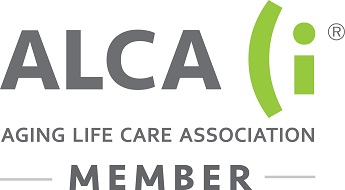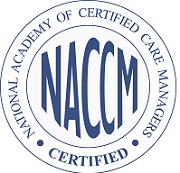
How you pay for care at home depends on whether the service is by medically trained staff or by nonmedical caregivers. Also, what you can mix and match in terms of community programs and help from friends and family.
Medicare pays only for care in the home that requires the skills of a nurse, nursing assistant, physical therapist, or other medically trained professionals.
Home care $$–$$$$
The cost of nonmedical home care is NOT covered by Medicare. As a result, you must contract directly with providers. Fees depend on how many hours a week your care requires.
Consider that caregivers coming to your home need a livable wage. Add to this agency costs of staff recruitment, vetting, training, and scheduling. The price can mount up quickly.
- Long-term care (LTC) insurance. These policies can be purchased privately and are the least expensive when begun in middle age. Typically, to draw upon the insurance, you must pay for home care services out of pocket for a waiting period. Insurance will contribute afterwards and pay up to the lifetime cap. Check policy details.
- Veterans assistance. For qualifying vets who saw active duty with at least one day during a war, there may be benefits available to help with the costs of home-based care.
- Personal savings. Consult with a financial planner and elder law attorney to determine the best strategy for liquidating assets to cover your care.
Adult day care $–$$$
You must pay privately. Many programs are run by nonprofits so are underwritten by donations and grants. Medicaid, LTC insurance, and veterans benefits may also help.
Home health and hospice $
- Medicare. This is typically deducted from your Social Security check and will cover home health services (80%) and hospice (often 100%).
- Supplemental insurance. This is insurance you buy to cover the 20% balance not paid by Medicare.
- Medicaid. Those with VERY low income and minimal assets may qualify for state government support. The eligibility requirements are stiff. Coverage includes 100% of most medically trained care, with some restrictions. Coverage for nonmedical care is spotty and varies by county.
We can help you sort out your options.
Give us a call at 401-360-2577.




